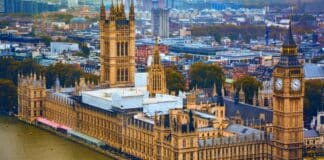As New York City’s congestion toll system takes effect, reports have emerged of drivers altering license plates to evade the fee. The toll, which charges $9 during peak hours and $2.25 during off-peak hours for vehicles entering Manhattan’s central business district, officially began on Sunday.
The New York Post observed various tactics used to obscure license plates, primarily near the congestion zone’s perimeter in Midtown Manhattan. Many methods were simple, low-cost alterations that could avoid detection by toll cameras.
Common strategies included scratching, painting, or bending plates to obscure characters. Examples included covering the letter “L” with white paint or modifying “E” and “0” with gray paint. Another method involved strategically placing bolts or tape to make one number appear as another, such as turning a “6” into an “8.”
Other drivers reportedly used translucent substances on plates to create a refraction effect, interfering with toll cameras’ ability to read the numbers. Bent plates and those painted with streaks were also common.
When toll cameras fail to capture a readable plate, the Metropolitan Transportation Authority (MTA) cannot charge the driver’s account, potentially undermining the toll system’s effectiveness.
The toll aims to fund the MTA’s $15 billion capital improvement plan, with revenue designated for public transportation enhancements. At a press conference, New York Governor Kathy Hochul was asked how the state and the MTA plan to measure the toll’s success.
“There’ll be more data than you can imagine,” Hochul said. “We’re going to be analyzing the data to see what the impacts are.” She emphasized tracking metrics such as emergency vehicle response times and average drive times.
Authorities have not announced specific enforcement measures to address license plate tampering. The practice, while often difficult to detect, is illegal and can result in fines if discovered.





